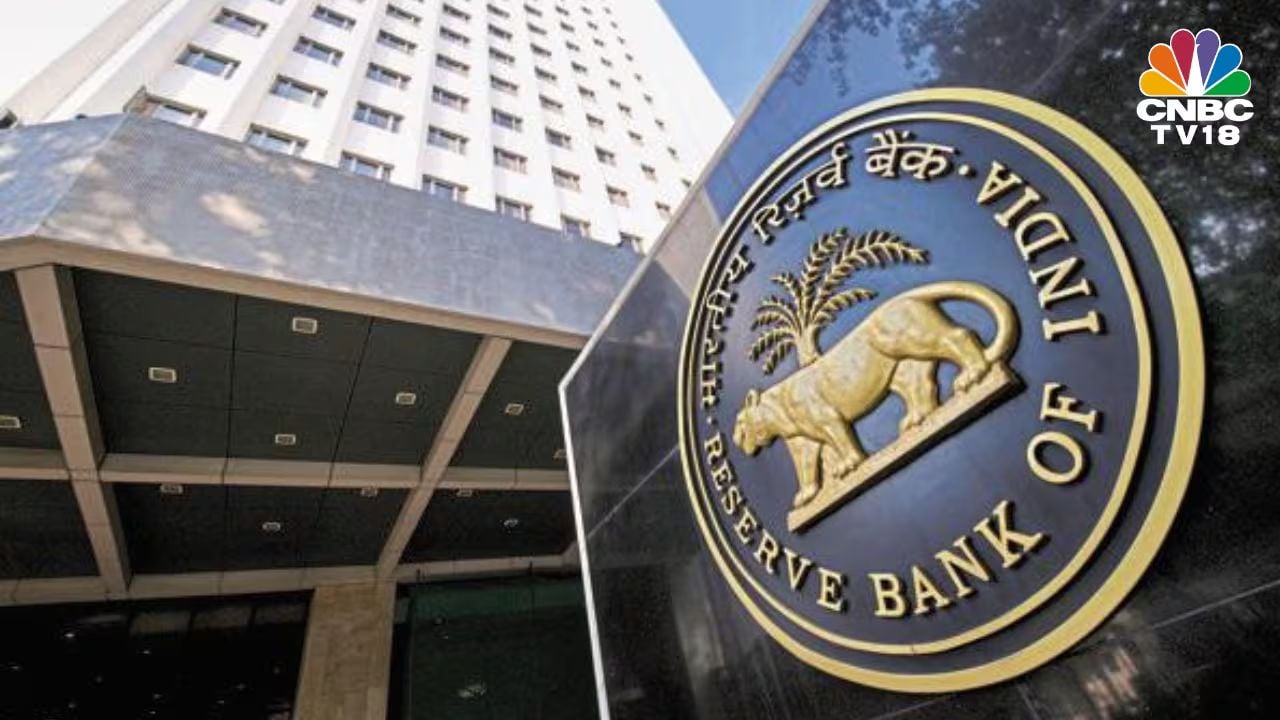
These are the edited excerpts of the interview.
Q: Are there expectations of a pre-February cut?
Gambhir: If I look at the aggregate market view, which is reflected in how the bond yields and swap rates have moved, they barely budged. So the market as a whole is not expecting anything pre-policy in February.
There is a wide section of the market, which believes that the February rate cut is a possibility. And probably with the new governor in charge, and that we will have a new deputy governor as well who will be in charge of monetary policy, we could have a situation where we possibly see a February rate cut, but that also, to some extent, depends on what data on inflation and growth we see from now until February.
Also Read | New RBI Governor: Sanjay Malhotra takes charge as 26th chief for a three-year term
The expectations on inflation are that it will come down from the December highs, and we would like to see some more high-frequency data on growth to see the expenditure that the government is doing and if there is some normalisation on the demand side, etc.
So I would not expect the new governor to act in haste at this point.
Q: How do finance ministry officials integrate into the Reserve Bank mould of thinking? Does the finance ministry change the Reserve Bank, or does the Reserve Bank mould the finance ministry entrant?
Mahalingam: Let’s look at the point of entry of the new governor here. He is entering at a point where there is a relative calm, much less turmoil, compared to whatever many other previous governors have entered in. So to that extent, I would say the new governor is certainly going to face an easier task.
But you are talking about the tussle between the RBI’s internal bureaucracy and the government. In this tussle, the
RBI governor wins initially. That is because he knows that this has to be done. So the RBI internal bureaucracy would have to do some more data crunching and look at some more fresh data coming to adjust the narrative.
There has to be an adjustment of the narrative if there is going to be a tremendous change in the policy. That means inflation over growth is going to change as growth over inflation, the narrative would have to undergo a tremendous amount of change.
Also Read | Julius Baer sees market correction in India as a buying opportunity
So my feeling is the initial battle is lost by the internal bureaucracy, but the internal bureaucracy inches slowly ahead, and then later it presents a very realistic, cautious and prudent picture to the new governor.
Q: Everybody is concentrating on this big battle of whether there could have been a rate cut in October itself. But, there is a lot more that the ministry is pushing, and those are the banking draft regulations on expected credit loss (ECL) and on liquidity. As a DFS guy, Malhotra knows the trouble that banks will face. Do you see a postponement of both these regulations?
Khara: Probably he will be able to strike a better balance and can be more convincing in his position while engaging with the internal bureaucracy.
Q: The early numbers we are getting in the current quarter are not encouraging at all. The Godrej Consumer numbers are giving the feeling that urban consumption is still struggling. Unsecured loans in at least three or four banks has show pain. So growth seems to need a prop. What is your sense the RBI will do in terms of rates?
Gupta: I agree with you on the growth front. The task ahead for the governor now would be to start looking at growth and supporting growth by working within the confines of this inflation-targeting framework that India has. While there has been a lot of talk that the second half of this year might be slightly better than the first half, the fact of the matter is that if we are looking at sustaining growth anywhere between 6-6.5% for the next four to three quarters, our real policy rate is too restrictive at the current stage at 2.5%.
Also Read | RBI’s regulatory actions on lending were warranted, says KV Kamath
So the challenge will be to manage inflation while starting to cut rates and bring them down closer to 5.75% by the end of this year. That is my sense if we want to kind of achieve or maintain growth between 6% and 6.5%.
For more details, watch the accompanying video
Catch all the latest updates from the stock market here

